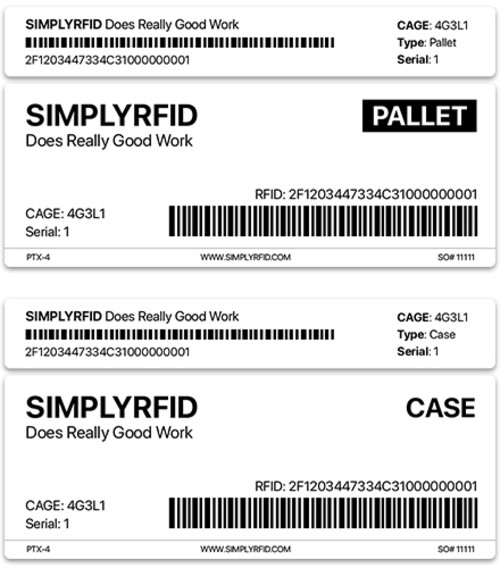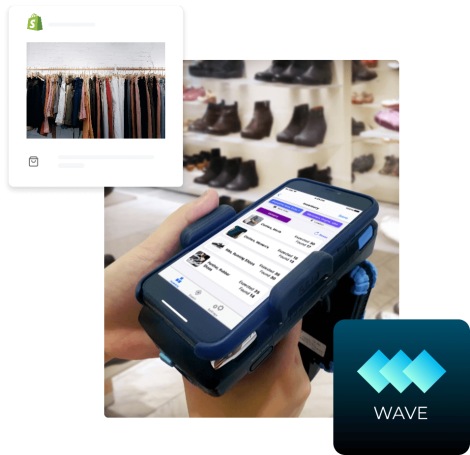Where do I put pallet RFID tags on my shipments?

Pallet tagging can be accomplished by placing an RFID tag directly on the pallet or building it into the pallet itself. Typically, RFID tags are placed on a stretch-wrapped area of a pallet so that they are disposed of when the wrap is removed.
Absorption
The RF absorption is dependent on the contents of the pallet. Cardboard, plastic, and wood have low absorption and can be easily tagged. Glass and liquids cause slightly bigger problems, but tag placement can be easily adjusted. Metal pallets or pallets containing metal objects need to consider the tag placement and possibly use a metal-mount RFID tag.
Typically, RFID tags are placed on a stretch-wrapped area of a pallet so that they are disposed of when the wrap is removed.
Placement
Typical placement of RFID tags on pallets is on a stretch-wrapped area of the pallet. If you are tagging the pallet contents with carton-level tags and using pallet-level tags for the pallet, be sure not to apply a pallet-level tag directly to any of the items on the pallet.
Shippers may often decide to place the tag on the pallet itself and re-use that same pallet ID for multiple shipments. The best placement for a re-usable pallet ID would be behind a wood beam on the pallet or molded into the base of a plastic pallet. This works well with re-usable pallets, but for DoD shippers, you are unlikely to get your pallets back.
Pro-Tips
- Expected RFID Read Range: 4"x1" Gen2 RFID - 20' minimum. SimplyRFiD Pro-Tags are designed to exceed the DoD mandate for RFID shipments.
- Expected Costs of RFID Tag: Pre-programmed RFID tags range from $0.99 on quantity 1, to $0.59 for large quantities (5,000+).
- What RFID tag sizes are there? Sizes for a complete RFID label designed for tagging pallets can be as small as 4"x3/4" and as large as 4"x6"
- Adhesives will fail before the RFID tag
